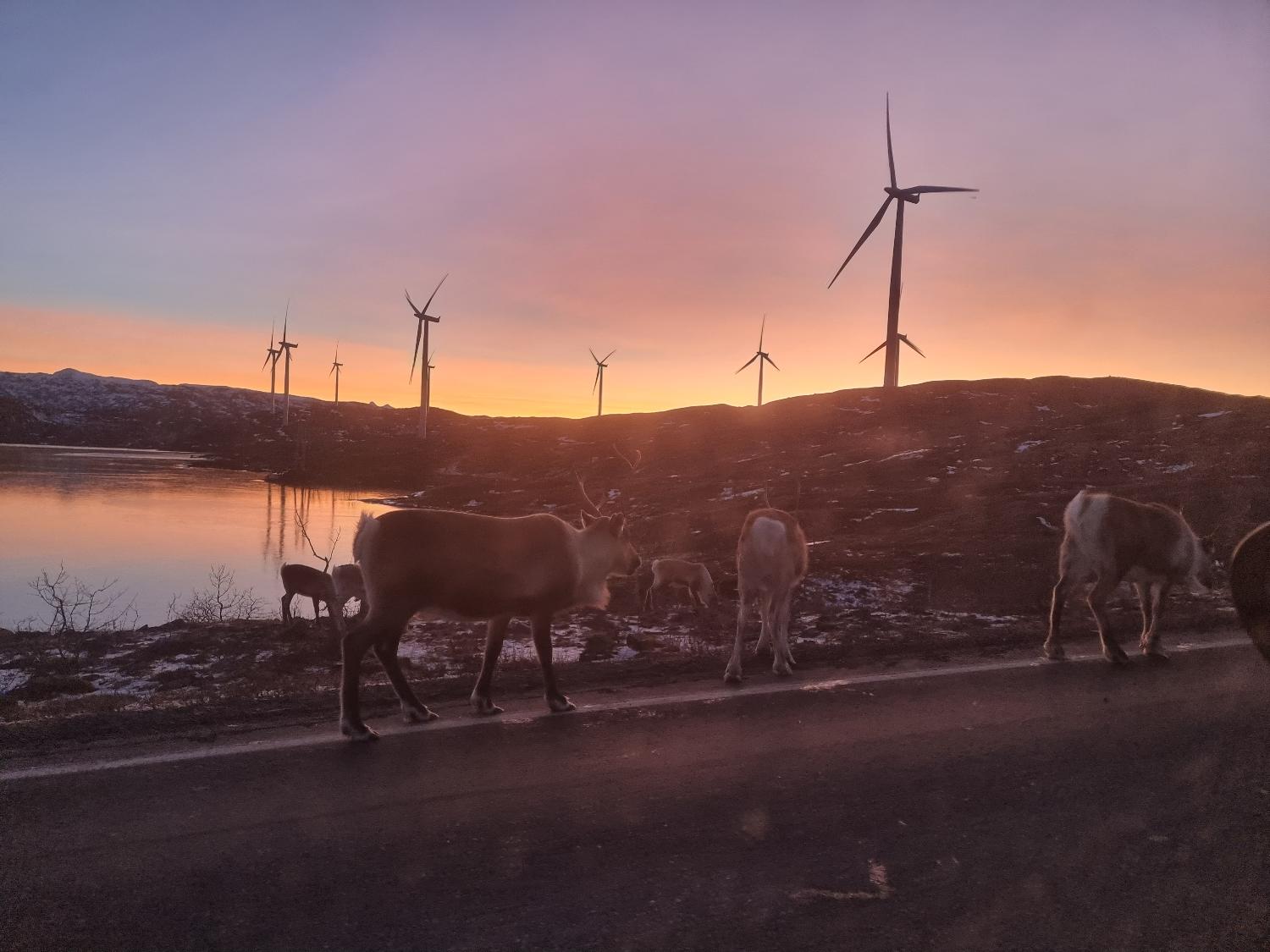uArctic- Arctic Wind

Due to increasing energy demand and need of protecting environment of Arctic region, the better use of renewable energy sources is a growing need. Arctic region of Norway and Russia has many renewable energy opportunities, where wind is a widely available source of energy, but icing has been considered as hindrance in proper utilization of these good wind resources. Worldwide, installed wind energy capacity in ice prone cold regions in 2015 was 86.5 GW. This is expected to reach 123 GW in year 2020. This highlights the importance of improving knowledge and finding innovative solutions for better utilization of the good wind resources in the ice prone Arctic region. The International Energy Agency (IEA) Task 19: ‘Wind energy in cold climates’ has also urged the development of new methods to enable better understanding of wind energy in cold climate. In order to make the wind energy competitive with other fossil fuels, there has been a clear need to improve knowledge about wind energy in cold climate. In recent years, the trends shows a significant increase in use of wind energy compared to other fossil fuels such as coal, oil & gas mainly with the aim of reducing CO2 emissions. Moreover, the cost of a wind turbine system has also dropped significantly: 30 percent in the last 3 years, which means that, “It has become more economical to install wind capacity than coal capacity”. With the price of wind systems dropping below coal system costs, renewables are now a more financially attractive option in many global markets. This project focuses on improving knowledge about wind energy in remote areas of Arctic region of Norway and Russia, which will also help to reduce toxic emissions to better protect Arctic environment and meet future energy demands. The proposed project will mainly cover topics about wind resource assessment and wind turbine operations in cold climate. The knowledge from this project will help to improve interest and knowledge of students/researchers/staff members of both institutes and will lead to accelerate innovative technological developments to optimize the performance, durability, cost effectiveness and safety of wind turbines operating in ice prone cold climate.
ArcticWind will establish a sustainable academic cooperation between University of Tromsø (UiT) and Northern Federal University of Russia (NArFU) on topics related to wind energy in ice prone remote Arctic regions of high north. The cooperation between these institutions will contribute towards better strategic infrastructure development and utilization of wind energy resources in the remote locations of Arctic region to meet their energy demands in an environmental friendly way. The goal is to strengthen the internationalization of Norwegian and Russian higher degrees of education and the formation of an interest group about wind energy in ice prone cold climate to ensure a long lasting self-sustained relationship for future joint academic/research collaboration. Planned activities of this project are:
- Establish a sustainable consortium of academic researchers and faculty members through project meetings and academic/research activities to enhance exchange of ideas and stimulate educated discussions about wind energy in the ice prone remote territories of the Arctic Region.
- Joint case study of wind resource assessment and wind turbine operations at a remote ice prone location/islands of Arctic region to replace diesel based energy systems with wind as alternative source of energy.
- Joint student master thesis on topic related to wind energy in cold climate.
- Exchange of staff and students between two institutions in order to improve knowledge and expose students to multi-faceted approaches to learning and enhancing their interest about wind.
Project Duration: 2019- 2021
Project Funded By: uArctic Funding, UiT
Budget: 38,000 EUR